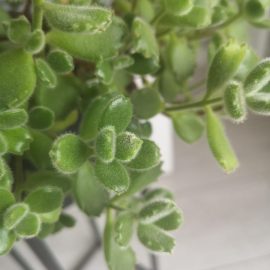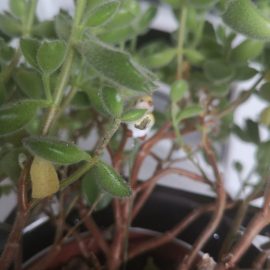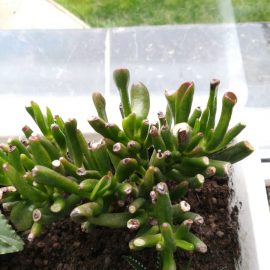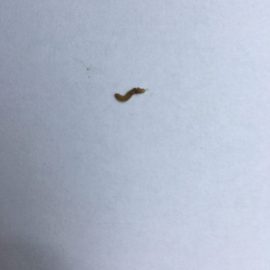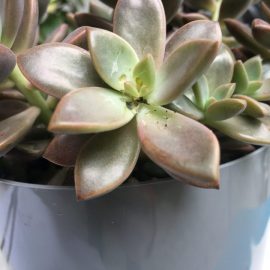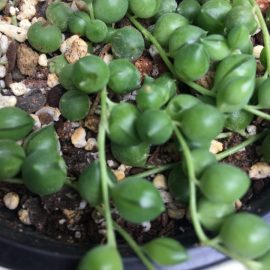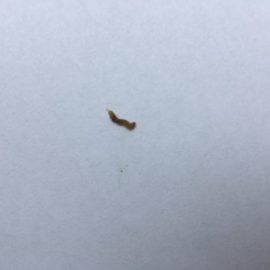Succulents, plant care and growing guide
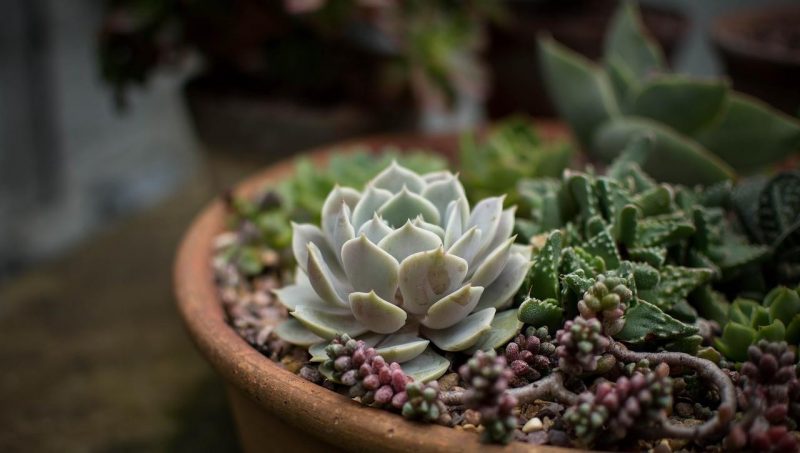
In botany, succulents are plants whose organs are thick and have a fleshy texture with the function of water retention. Most of them originate from areas with an arid climate, with very high temperatures and minimal rainfall. Their special characteristic is that succulent plants can ensure their water supply from natural sources such as dew or fog.
They can store water in their organs, such as leaves or stems, and even roots.
The popular name for these plants comes from the Latin word “sucus”, which means secretion or juice.
Succulents are often found as ornamental plants due to their unique and unusual appearance, but especially because of the minimum care requirements they have. Some of them are also used in food or in the pharmaceutical and cosmetic industries.
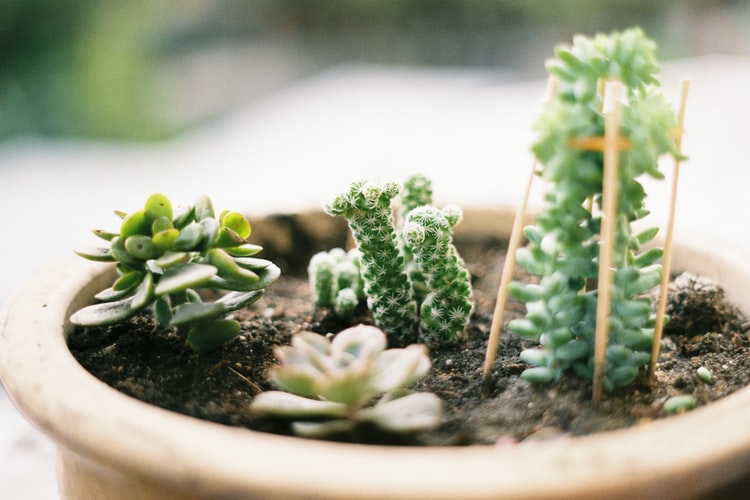
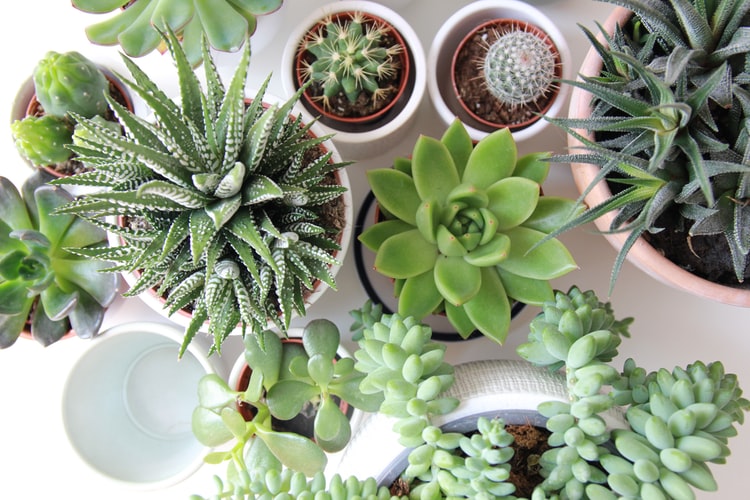
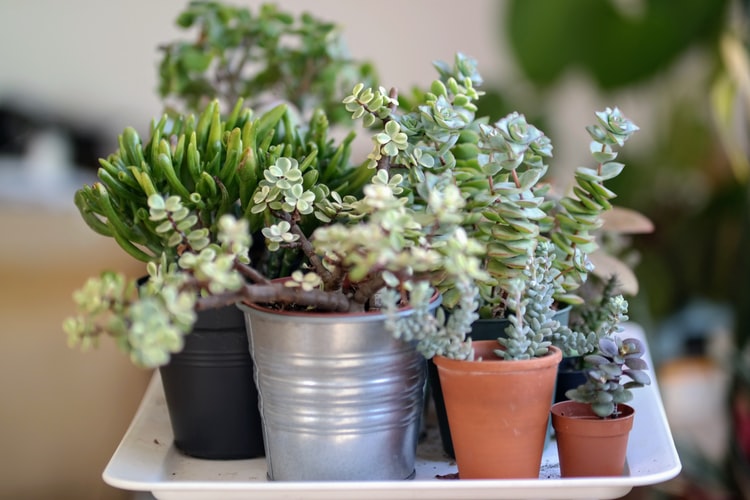
Classification of succulent plants
Approximately 60 different families are identified that include succulent plant species. Of these, the best known as ornamental plants are:
Agavoideae – it includes about 300 species of succulents, found mainly in Central and North America. Known examples: Agave L., Yucca L.
Cactaceae – about 1600 species of succulents, widespread in North, Central, and South America. It includes species with modified leaves, stem, and root.
Crassulaceae – 1300 species of succulents with a widespread in almost all areas of the globe. The best-known genera are Crassula, Kalanchoe, Cotyledon, Echeveria, Aeonium, Sempervivum.
Aizoaceae – 2000 species found in South Africa and Australia, of which the best known are: Fenestraria, Aptenia.
Apocynaceae – 500 species, growing in Africa, the Arabian Peninsula, India, and Australia. They are included in the group of succulents due to the modified stem.
Asphodelaceae – it includes over 500 species of succulents and is widespread in Africa and Australia.
Euphorbiaceae – it includes over 1000 species of succulents with modified leaves, stems, or roots, widespread on almost all continents.
Portulacaceae – over 500 species, with both thickened leaves and stems, found in America, Africa, and Australia.
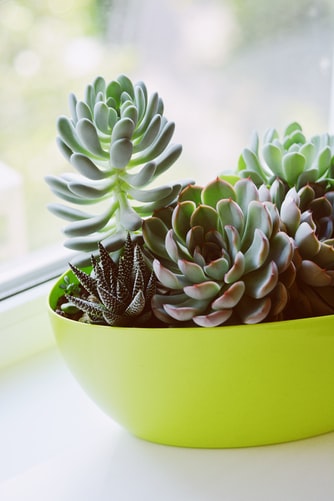
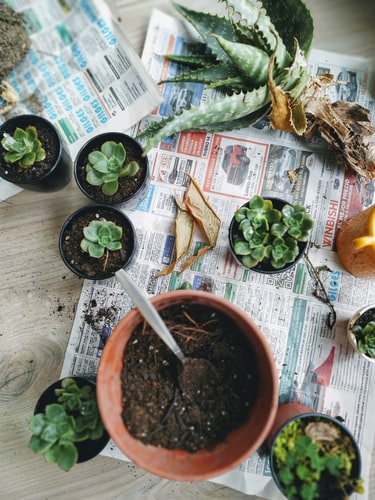
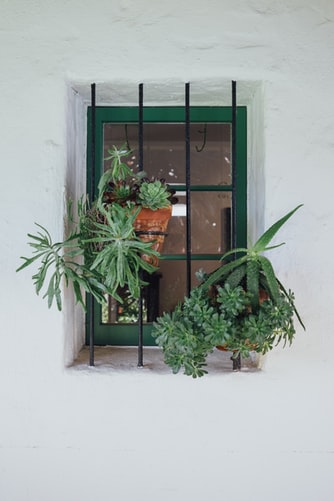
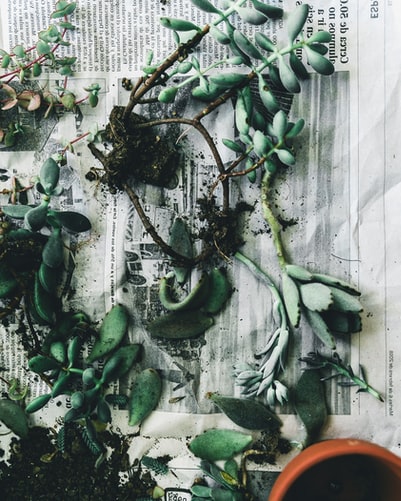
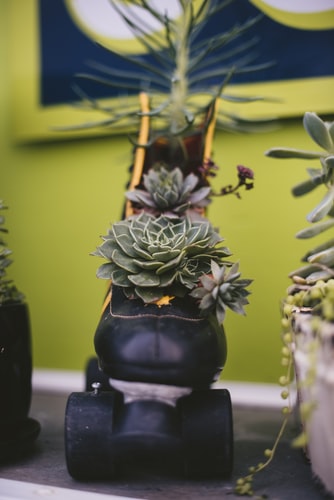
Recommended products
-
You can find products on a different store
Change Store -
You can find products on a different store
Change Store -
You can find products on a different store
Change Store -
You can find products on a different store
Change Store -
You can find products on a different store
Change Store -
You can find products on a different store
Change Store -
You can find products on a different store
Change Store -
You can find products on a different store
Change Store -
You can find products on a different store
Change Store -
You can find products on a different store
Change Store -
You can find products on a different store
Change Store -
You can find products on a different store
Change Store -
You can find products on a different store
Change Store -
You can find products on a different store
Change Store -
You can find products on a different store
Change Store -
You can find products on a different store
Change Store -
You can find products on a different store
Change Store -
You can find products on a different store
Change Store -
You can find products on a different store
Change Store -
You can find products on a different store
Change Store -
You can find products on a different store
Change Store -
You can find products on a different store
Change Store -
You can find products on a different store
Change Store -
You can find products on a different store
Change Store
Environmental conditions
Light. Succulents love light, so they need at least 3 hours of sun a day. It is preferable to place them in a place where they benefit from light, especially in the morning. To avoid sunburn, the plants should be placed behind a fine curtain to filter the direct sunlight.
Temperature. Succulent plants have no specific temperature requirements. However, they can suffer in a cooler room due to the large amounts of water inside the tissues. They grow optimally at a temperature range of 20-25° C.
Substrate. Along with their water needs, it is the most important factor that we must take into account while tending to succulent plants. It is recommended to choose a special substrate for cacti and succulents because it has a light texture and allows good drainage of water. The use of compact, rich and heavy soil will affect the roots of the succulents, causing them to wither.
Recommended products
-
You can find products on a different store
Change Store -
You can find products on a different store
Change Store -
You can find products on a different store
Change Store -
You can find products on a different store
Change Store -
You can find products on a different store
Change Store -
You can find products on a different store
Change Store -
You can find products on a different store
Change Store -
You can find products on a different store
Change Store -
You can find products on a different store
Change Store -
You can find products on a different store
Change Store -
You can find products on a different store
Change Store -
You can find products on a different store
Change Store -
You can find products on a different store
Change Store -
You can find products on a different store
Change Store -
You can find products on a different store
Change Store -
You can find products on a different store
Change Store -
You can find products on a different store
Change Store -
You can find products on a different store
Change Store -
You can find products on a different store
Change Store -
You can find products on a different store
Change Store -
You can find products on a different store
Change Store -
You can find products on a different store
Change Store -
You can find products on a different store
Change Store -
You can find products on a different store
Change Store
Watering
Given the arid areas where they grow, watering succulents should rarely be done, leaving the substrate to dry before watering again. Frequent watering favors the increase of humidity at substrate level, which will cause the roots to rot and, then, the death of the plant.
Fertilization
Being adapted to nutrient-poor soils, succulents do not require large amounts of fertilizers. During the vegetative growth period (April-September), it is advisable to administer a special fertilizer for cacti.
Recommended products
-
You can find products on a different store
Change Store -
You can find products on a different store
Change Store -
You can find products on a different store
Change Store -
You can find products on a different store
Change Store -
You can find products on a different store
Change Store -
You can find products on a different store
Change Store -
You can find products on a different store
Change Store -
You can find products on a different store
Change Store -
You can find products on a different store
Change Store -
You can find products on a different store
Change Store -
You can find products on a different store
Change Store -
You can find products on a different store
Change Store -
You can find products on a different store
Change Store -
You can find products on a different store
Change Store -
You can find products on a different store
Change Store -
You can find products on a different store
Change Store -
You can find products on a different store
Change Store -
You can find products on a different store
Change Store -
You can find products on a different store
Change Store -
You can find products on a different store
Change Store -
You can find products on a different store
Change Store -
You can find products on a different store
Change Store -
You can find products on a different store
Change Store -
You can find products on a different store
Change Store
Repotting
In general, succulents prefer smaller pots, so repotting should be rarely done (once every 4-5 years). When repotting, avoid covering the base of the leaves with the substrate, as it may promote their rot.
Propagation
Most species of succulents are propagated by separating the seedlings that appear at their base (example: aloe, agave). Some genera, such as Echeveria and Crassula, are propagated through cuttings from stems or leaves, and others, such as some species of Kalanchoe, develop new seedlings on the surface of their aerial organs (leaves). In all these cases, it is recommended to propagate the plants in the spring-summer period.
Recommended products
-
You can find products on a different store
Change Store -
You can find products on a different store
Change Store -
You can find products on a different store
Change Store -
You can find products on a different store
Change Store -
You can find products on a different store
Change Store -
You can find products on a different store
Change Store -
You can find products on a different store
Change Store -
You can find products on a different store
Change Store -
You can find products on a different store
Change Store -
You can find products on a different store
Change Store -
You can find products on a different store
Change Store -
You can find products on a different store
Change Store -
You can find products on a different store
Change Store -
You can find products on a different store
Change Store -
You can find products on a different store
Change Store -
You can find products on a different store
Change Store -
You can find products on a different store
Change Store -
You can find products on a different store
Change Store -
You can find products on a different store
Change Store -
You can find products on a different store
Change Store -
You can find products on a different store
Change Store -
You can find products on a different store
Change Store -
You can find products on a different store
Change Store -
You can find products on a different store
Change Store
Diseases and pests
In general, succulents are not susceptible to disease as long as they are properly cared for. Usually, the most common pests are mealybugs or European fruit lecanium, which are controlled with specific insecticides.
Important!
It is not recommended to cover the substrate with gravel, because they prevent the evaporation of water and promote the maintenance of high humidity at the roots level.
In case of succulent plants, phytosanitary treatments should not be performed during the day, when the sunlight is strong.
Excessive growth is a signal that they are not getting enough light.
Withering / browning of the plant’s base is the first symptom of excessive moisture in the soil.
The afternoon sun is not preferred by succulents.














































































































































































































































































































































































































































